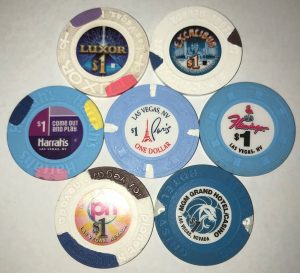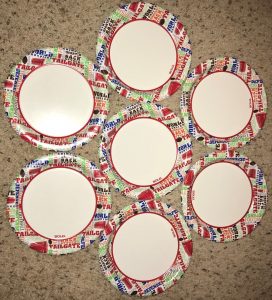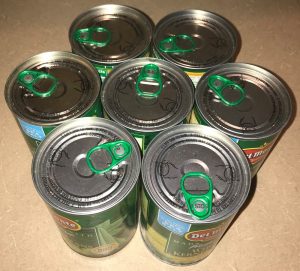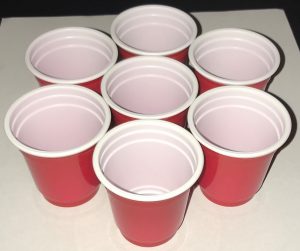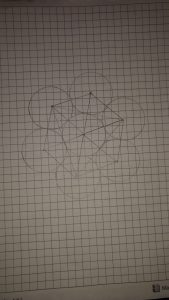Kissing Coins
BY: Jessi Smith, Paloma Vergara, Kaitlin Brame, and Bailey Martoncik
The problem:
For this activity, Dr. Oursland gave each table 7 poker chips. Each poker chip is uniform in size. We were asked to organize the poker chips in a circle kissing a center chip (see visuals). Next, we were asked to predict whether or not this unique kissing relationship will work for all uniform circular objects. Then we tested our hypothesis with another set of 7 uniform circular objects. Then we drew the problem and looked at the connections between the radius, diameters, triangles, and regular polygons to help prove that this kissing relationship will work for all uniform circular objects.
What we did and the connections we made:
Once we had the circular objects (poker chips and flip coins) in the seven coins circle “kissing” one another, we drew what we saw and then discussed in our group what we saw and why we thought that the “kissing coins” arrangement worked for similar circular objects. The first thing discussed was that all the circular objects had the same circumference, radius, and diameter. This discussion furthered to how if you measure from one circle to the center of a circle that it is “kissing” you get the length of two radii which is the length of one diameter. We quickly realized that connecting the centers of circles created six equilateral triangle or one hexagon. The diagonals on this hexagon is equal to four radii or two diameters. After some discussion, we concluded that this arrangement would work even if we scaled the objects up or down in size.
Application:
The Kissing Coins activity can be applied in the classroom by having students evaluate various circular objects with same radius and comparing what they see in terms of shape connections. For example, when students draw a representation on graph paper using the seven circular objects, they will be able to start identifying other shapes like trapezoids, equilateral triangles, hexagons, scalene triangles, and rhombuses. Students will be able to make these connections and more with this activity. The Kissing Coins activity can also be used with Common Core State Standard, 7.G.A.3 which states, “Draw, construct, and describe geometrical figures and describe the relationships between them”. Students can begin with the circle and then begin to make connections about the relationships between shapes. The activity or lesson could be extended further by having students compare the circumference of a circle to the perimeter of a rectangle. In addition to State Standards, the Kissing Coins activity aligns with Mathematical Practice 4 and 5. Students can model with mathematics and use appropriate tools strategically by demonstrating the relationships between shapes using diagrams and using manipulatives and rulers to draw their representations to scale. Overall, the Kissing Coins activity is a rich task that is accessible to all students and can be modeled using a variety of objects including everyday items such as coins, coffee cups, donuts, wheels/tires, trash cans, canned goods, jars, and so on.
